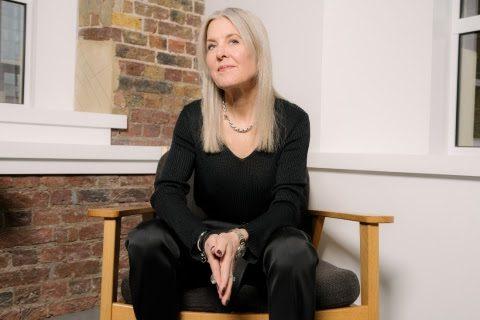This past Friday evening, PRS for Music CEO Andrea Czapary Martin was honoured as Music Week’s Women in Music Businesswoman of the Year among music industry peers and industry executives.
With an impressive international career in the media, data and tech industries, Martin is one of only a few women CEOs across the global music industry. Under her leadership, PRS for Music has achieved major structural and cultural improvements leading to greater speed, transparency and accuracy in royalty distributions, alongside landmark financial results, and driven a global conversation to solve longstanding industry metadata issues through the development of technology solutions.

Martin sets the bar high. Committed to maximising the value of creators’ rights via her ambitious five-year plan,
Martin, who was appointed CEO of PRS for Music in 2019, credited her success to building a high performing team of people who are richly diverse. Diverse in their ability, gender, age, experience, neurodiversity and ethnicity. In her speech, Martin thanked her father for building resilience, confidence, determination and belief in herself. She went on to say: “Women have the DNA and the skills we need to change business and cultures. Women are good at communication, interpersonal skills, collaboration, empathy and have emotional intelligence. These are all the competencies and great skills we need to transform businesses and cultures.
PRS under my leadership has thrived. With a high performing, diverse team, achieving year over year double-digit results, with many proactive and positive initiatives. Why? It was my ability to think differently, to surround myself with diversity of thought, that I believe drove those results, and led to finding new solutions to old problems.”


